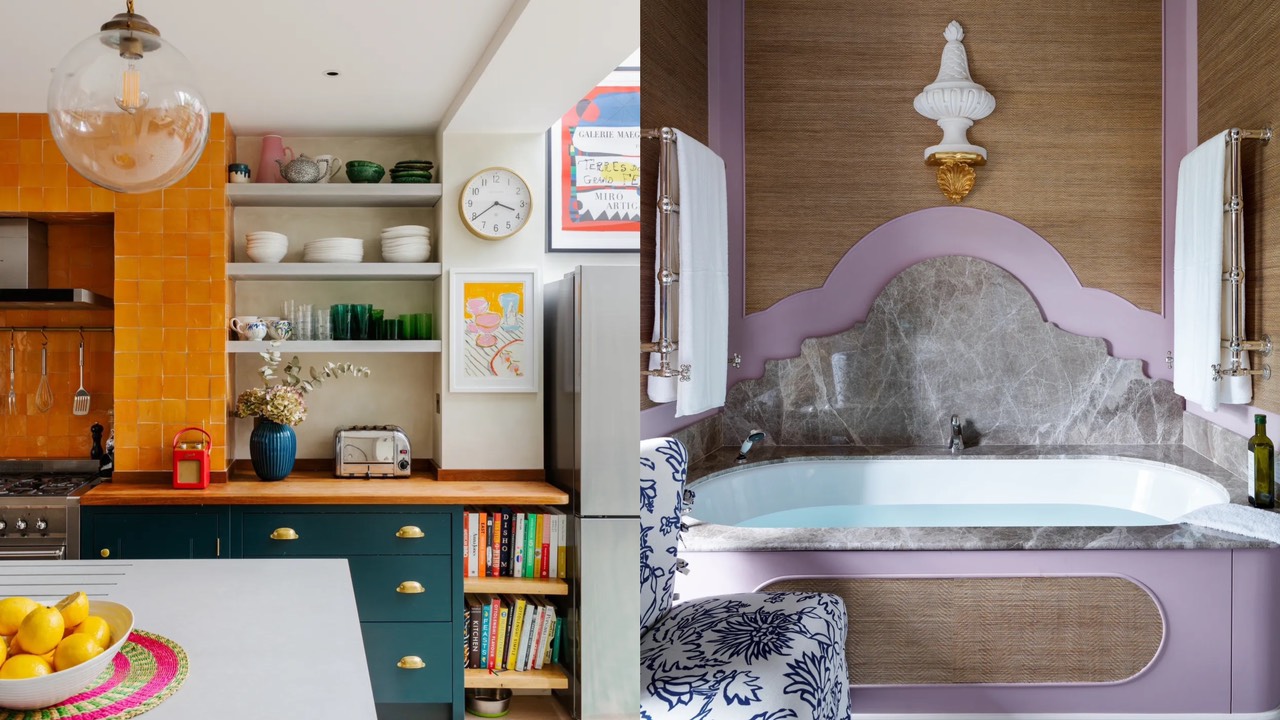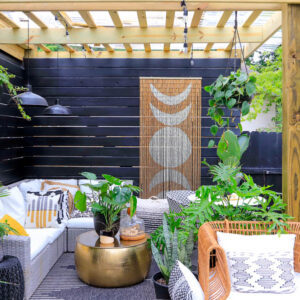
Joachim Wichmann
Standing in front of your local hardware store’s selection of paint colour swatches, you might assume one white tone is just as good as another, right? Well, it turns out, there’s a psychology behind your home’s exact colour choices. Expert in colour psychology, Dr. Zena O’Connor of Design Research Associates investigated people’s responses to colour and found that tonal value (a colour’s lightness versus its darkness) is just as important as the colour itself. “This is because research indicates that tonal value and saturation have just as much impact as hue in interior design,” she says.
Hence, choosing a colour for a room isn’t your only consideration when in front of those swatches—you must also think about the colour’s exact tone. A dark, vibrant red, for instance, might convey drama to viewers, while a soft, rosy hue feels more welcoming. Not only that, but the combination of colour tones (rather than one by itself) is more important to creating the best emotional responses, O’Connor says. “Colour combinations—in specific tonal value clusters—definitely have an impact on mood and ambiance.” But what colour tones work best together? And where should they be placed in the house to have the most impact? We talked to the experts to find out.
Dark brown sand and bright white tones
To create a space conducive to concentration and study, take typical neutral colours and make them stand out. One way to do this is to choose a bright, bold white and pair it with an earthy dark brown sand colour. “Neutral colours are generally accepted to include white, off-white, plus variations of cream, beige, achromatic hues, and varying shades of gray,” O’Connor says. These are traditionally very calming colours, but if you take a bright white and pair it with a dark sand colour, the white becomes more of a pop of activity that still keeps the flow of other neutral spaces in a house. “In the most active areas of the home, a clean white base offers a calming constant between spaces,” says Sarah Peterson Major, director of residential design at BHDM Design. “As you move from room to room, the energy of each space shifts but the neutral backdrop acts as a grounding element.”
Take the bright white and dark sand and apply it to a study space, like a home office. The brown sand will ground the space but the bright white adds a sense of “focus and organization,” says Gideon Mendelson, founder and creative director at Mendelson Group. Perhaps keep the walls white and add the earthy tones in through key pieces of furniture. “My favorite way to add colour to a space is to move it around the room,” Mendelson says, “introducing it in various places through accessories, throws, furniture, etc. The balance of colours allows your eyes to bounce around the room in a very dynamic way” without being too energizing. It’s an office and not a child’s activity room after all.
Light pink or coral and turquoise tones
Christopher Horwood





